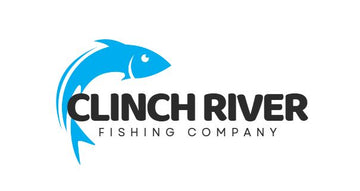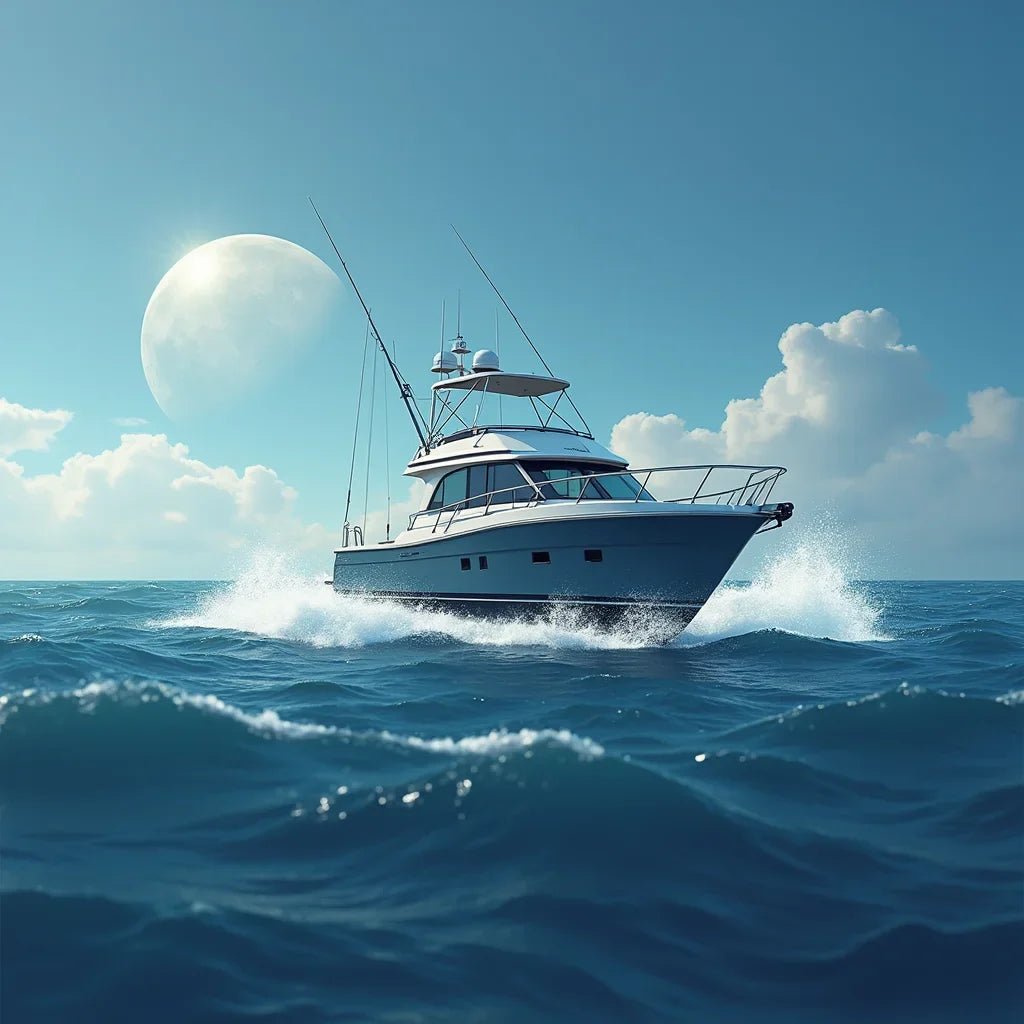Updated on: 2025-10-03
- What a marine chartplotter does and why it matters
- Key benefits of a marine chartplotter for boaters and anglers
- Choosing the right marine chartplotter size for your boat
- Essential features: MFD functions, AIS, radar overlay, and NMEA 2000
- Step-by-step setup: installing a marine chartplotter and NMEA 2000 networking
- How to update maps and software on your marine chartplotter
- Questions and answers about marine chartplotters
- Summary and next steps for choosing a chartplotter
- About the author
A marine chartplotter brings your boat’s position, charts, and critical data together in a clear, simple view. Whether you call it a boat chartplotter or a marine GPS plotter, the goal is the same: safe, confident navigation. If you enjoy fishing, cruising to new coves, or running coastal routes, a thoughtfully chosen marine chartplotter can feel like a trusted co‑pilot. In this guide, you will find plain-language tips for sizing, setup, NMEA 2000 networking, and the most helpful features to consider on a modern marine multifunction display (MFD).
What a marine chartplotter does and why it matters
A marine chartplotter uses GPS to show your vessel’s location on an electronic chart. It displays depth contours, aids to navigation, hazards, and routes. Many models also combine sonar, radar, and AIS data when paired with an MFD and the right sensors. Unlike a basic marine GPS plotter, which focuses on position and waypoints, a full marine chartplotter integrates many inputs and presents them in one place. This makes route planning simpler and helps you make safer decisions, even when visibility is low or the water is unfamiliar.
For anglers, chartplotters help find structure, mark spots, and track drifts. For cruising, they streamline route planning and monitor tides, currents, and approach lines into harbors. When connected to an NMEA 2000 networking backbone, your chartplotter can share data with engines, fuel sensors, autopilot, and more.
Key benefits of a marine chartplotter for boaters and anglers
- Clear situational awareness: See your position, heading, and chart detail at a glance, even in complex waterways.
- Integrated data: Combine sonar, AIS targets, radar overlay, and engine data on an MFD for one cohesive view.
- Safer routes: Plot courses with waypoints and view depth shading to avoid shallow areas.
- Fishing efficiency: Identify contours, humps, and channels; save productive spots and return with precision.
- Flexible networking: NMEA 2000 connectivity simplifies adding sensors and sharing data across devices.
- Easy updates: Modern units support map and software updates via Wi‑Fi, SD cards, or apps.
Choosing the right marine chartplotter size for your boat
Screen size affects readability, ease of chart interpretation, and split-screen use. Your helm space, viewing distance, and typical conditions all play a role in selection. If you often run in chop or bright sun, a larger, brighter display can ease eye strain.
What size marine chartplotter do I need for my boat?
For small center consoles and tiller boats, many find 7–9 inches to be the best marine chartplotter for small boats and fishing. It fits tight dashes and remains legible at arm’s length. For dual-use boats or larger consoles, 9–12 inches gives more detail and comfortable split-screen views (charts plus sonar or radar). At flybridge or pilothouse distance, 12–16 inches helps with readability across the helm. If in doubt, consider your mounting space and whether you will split the screen often. A modest step up in size can make route lines and depth shading much easier to see in motion.
Essential features: MFD functions, AIS, radar overlay, and NMEA 2000
Today’s marine chartplotter often serves as a hub. When part of a marine multifunction display (MFD) system, it can show not only charts but also sonar, radar, AIS, cameras, and engine data. Here are features to consider:
- Charts and coverage: Ensure the unit supports the chart formats you prefer and offers local coverage with depth shading and fishing layers.
- Sonar integration: If you fish, look for CHIRP, side imaging, or down imaging capability. Consider a transducer matched to your hull and target fishery.
- Marine chartplotter with AIS, radar overlay, and NMEA 2000 connectivity: AIS shows nearby vessels, radar overlay puts returns directly on your chart, and NMEA 2000 simplifies sharing data between devices.
- Networking: NMEA 2000 is plug‑and‑play for many sensors. Ethernet or proprietary networks may be used for radar and sonar modules.
- Screen brightness and coatings: Sunlight-readable displays with anti-glare coatings are kinder on the eyes.
- Mounting options: Flush or bracket mount based on your helm layout; check for waterproof ratings appropriate for your install area.
- Ease of use: Simple menus, clear icons, and customizable data overlays help you focus on the water.
If you would like ideas for on-water routes or seasonal tips before you shop, you might enjoy the articles on the blog. For questions about rigging or choosing sensors, a quick note through the contact page may be helpful.
Step-by-step setup: installing a marine chartplotter and NMEA 2000 networking
Installing a marine chartplotter is approachable with patience and the right tools. The steps below outline a careful path you can adapt to your boat and model. If anything is unclear, it may be helpful to consult a professional installer.
Step 1: Plan your helm and power
Measure your dash space, decide on flush or bracket mounting, and confirm the viewing angle. Check power draw and wire gauge recommendations from the manufacturer. Identify a clean 12 V supply and place an inline fuse as specified.
Step 2: Mount the display and route cables
Mount the unit using the template or bracket. Gently route power, transducer, radar (if used), and network cables away from high-heat or moving parts. Add drip loops and label cables for clarity.
Step 3: Build the NMEA 2000 backbone
Lay out a simple trunk with T‑connectors at each device location and terminators at both ends. Add a single power tee on the backbone (not at an end). Connect the chartplotter, sensors, and any engine gateways.
Step 4: Connect the transducer and sensors
Match the transducer to your fishing style and hull type. For transom mounts, ensure correct height and angle. For in‑hull or thru‑hull options, follow bedding and cure-time steps carefully.
Step 5: Initial power-up and setup wizard
Power the unit, select language and units, set time and GPS source, and let the device run its setup wizard. Confirm that networked sensors appear. If something is missing, check the NMEA 2000 power tee and terminators.
Step 6: Chart settings and overlays
Load or activate charts. Set depth units, shallow water shading, and safety contours. Turn on AIS and radar overlay if available. Adjust data overlays for speed, depth, and heading to your preference.
Step 7: Sonar tuning and waypoint organization
Run auto-tuning first, then fine-tune sensitivity and color palettes. Set waypoint groups (e.g., “Reef,” “Channel,” “Home Port”) so you can find them quickly.
Step 8: Test run and refine
On a calm day, verify GPS accuracy, depth readings, and that the boat icon aligns with your wake. Practice with routes, go-to commands, and split-screen views while you are near shore.
For more general boating and fishing guidance, you can always start at the home page and explore helpful resources. If you are new to electronics, the about us page offers context on experience and approach.
How to update maps and software on your marine chartplotter
Keeping charts and firmware current supports accuracy and stability. Processes differ by brand, but the steps below apply in most cases.
- Map updates: Use the brand’s chart app or website to download updated maps to an SD card, or connect the unit to Wi‑Fi if supported. Insert the card and follow onscreen prompts. Confirm that depth shading and objects display as expected.
- Software updates: Check the system menu for an update option. If your model supports Wi‑Fi, the unit may guide you through downloading and installing. If using an SD card, copy the update file to the card and restart the unit with the card inserted.
- Backup first: Export waypoints, routes, and tracks to an SD card. Keep a second copy on your computer or cloud storage as a safeguard.
- Verify: After updating, review critical settings like units, shallow water shading, AIS targets, and radar overlay.
Questions and answers about marine chartplotters
What size marine chartplotter do I need for my boat?
A 7–9 inch display suits many small boats where space is tight and you sit close to the screen. For larger consoles, 9–12 inches improves split-screen readability. If you stand farther away or want multiple overlays, 12 inches or more is helpful. Choose a size that fits your helm without blocking sightlines and allows you to read depth numbers at a glance.
How do I update maps and software on my marine chartplotter?
Most units update via SD card or Wi‑Fi. Back up your waypoints first. Then download updates using the brand’s app or website, insert the card, and follow prompts. If your unit has Wi‑Fi, navigate to the updates menu and connect. Afterward, confirm settings like depth units, overlays, and alarms.
Do I need AIS and radar overlay on a marine chartplotter?
While not required, AIS and radar overlay add valuable awareness. AIS shows nearby vessels with name, speed, and course. Radar overlay places returns on your chart, which helps in fog or at night. If you boat in busy areas or reduced visibility, these features can be very reassuring.
What is the best marine chartplotter for small boats and fishing?
For compact dashes, look for a 7–9 inch unit with bright display, quick charts, and solid sonar options. Side imaging can help you scan shorelines and structure. Ensure it supports NMEA 2000 so you can add sensors later. The “best” choice balances clarity, features you will actually use, and a clean fit at your helm.
What is NMEA 2000 networking and why is it useful?
NMEA 2000 is a standardized, plug‑and‑play network that lets marine devices share data. Your marine chartplotter can receive engine info, fuel, speed, heading, and AIS data through one backbone. It reduces wiring complexity and makes expansion easier over time.
Summary and next steps for choosing a chartplotter
A marine chartplotter centers your navigation, sonar, and safety data in one friendly view. Start with the screen size that suits your helm and eyes. Then choose features that match your boating, such as AIS, radar overlay, or advanced sonar. NMEA 2000 networking and an MFD approach make it easier to grow your system as needs change. Keep your maps and software updated, back up your waypoints, and refine your display layout as you gain time on the water. With a careful setup, your boat chartplotter will be a calm, reliable partner every trip.
About the author
Jeremy Reynolds enjoys helping boaters and anglers feel confident with electronics. He focuses on clear explanations and practical steps that fit real-world boats. If you would like to explore more resources, you are welcome to visit the blog or reach out through the contact page.

Owner and CEO of Clinch River FIshing USA. A marine electroncs, fishing and outdoor store.

